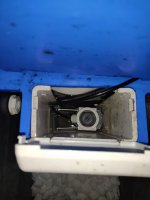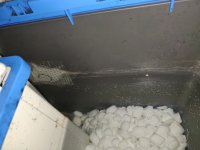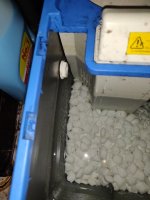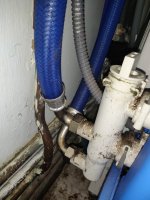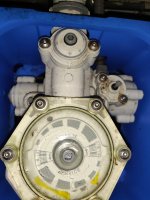Hi guys
I have a water Softner in particular a Scalemaster 150....in the salt tank the water level is considerably high. Does anyone know what the causes could be? Or recommend what could be done?
I feel the salt tank, gets filled with water quite abit resulting water to leak perhaps from the overflow?
Could be the brine doesn't suck in much water or the leaked are from the rubber grommets on the side?
Would appreciate some feedback. Many thanks
I have a water Softner in particular a Scalemaster 150....in the salt tank the water level is considerably high. Does anyone know what the causes could be? Or recommend what could be done?
I feel the salt tank, gets filled with water quite abit resulting water to leak perhaps from the overflow?
Could be the brine doesn't suck in much water or the leaked are from the rubber grommets on the side?
Would appreciate some feedback. Many thanks

